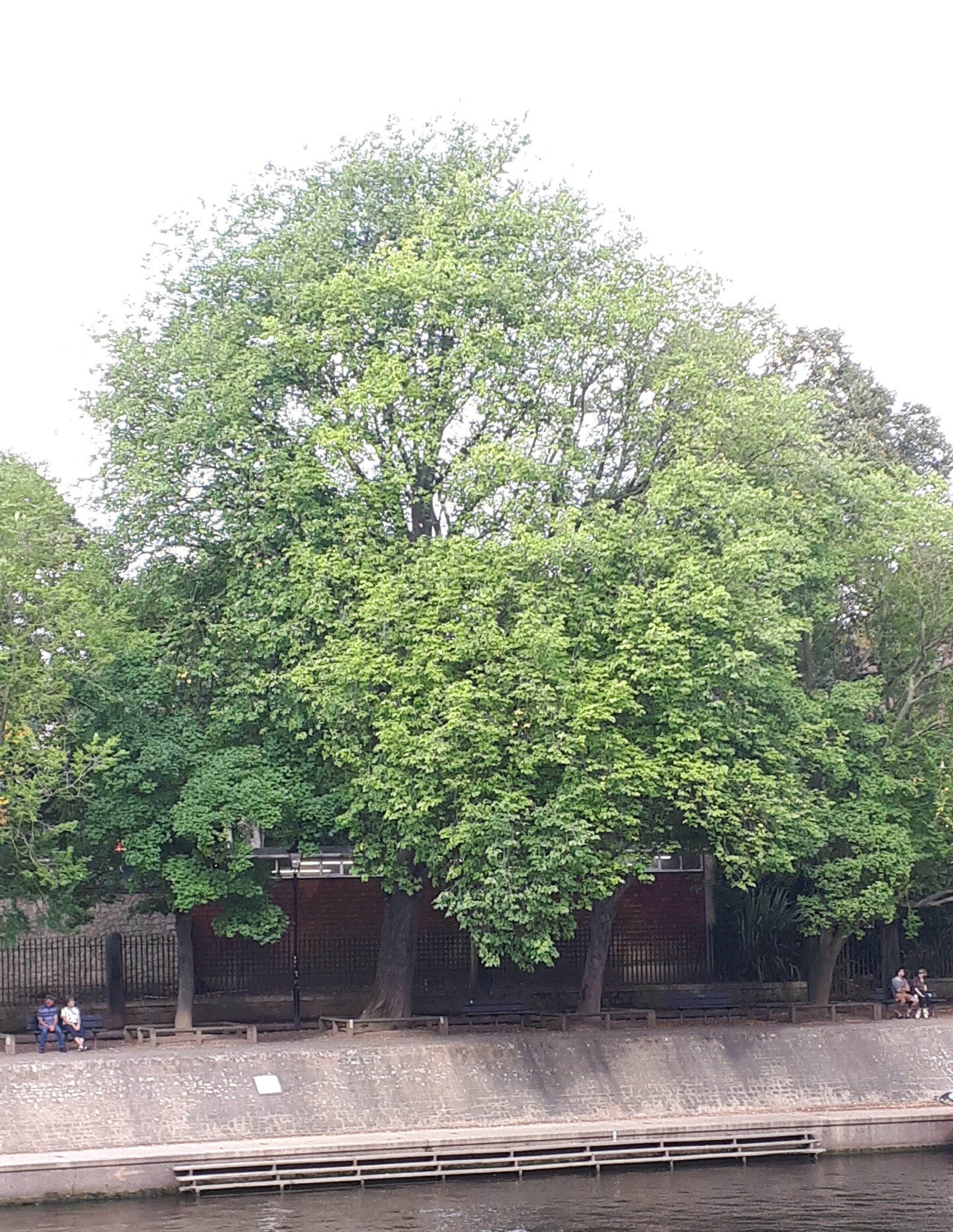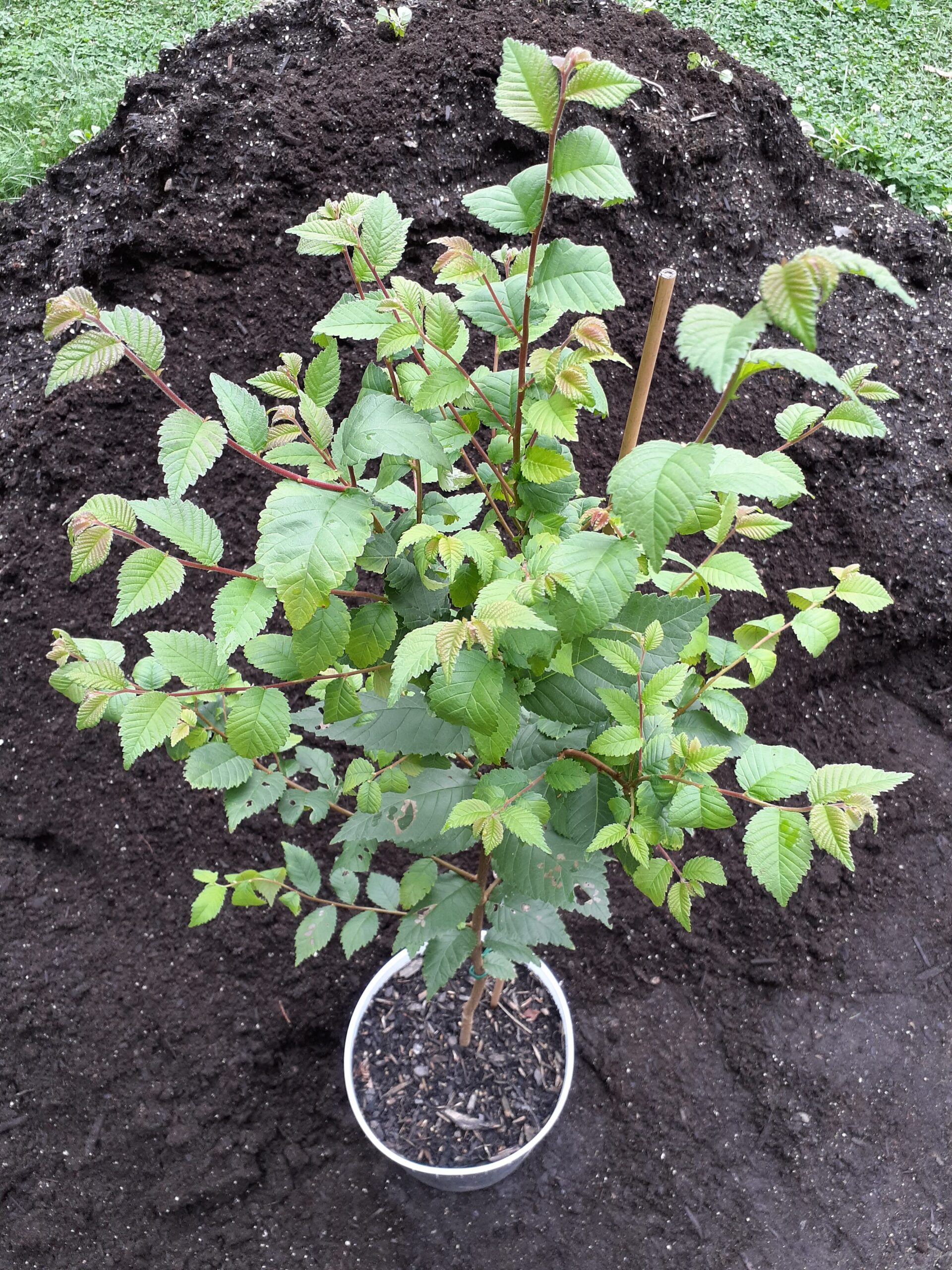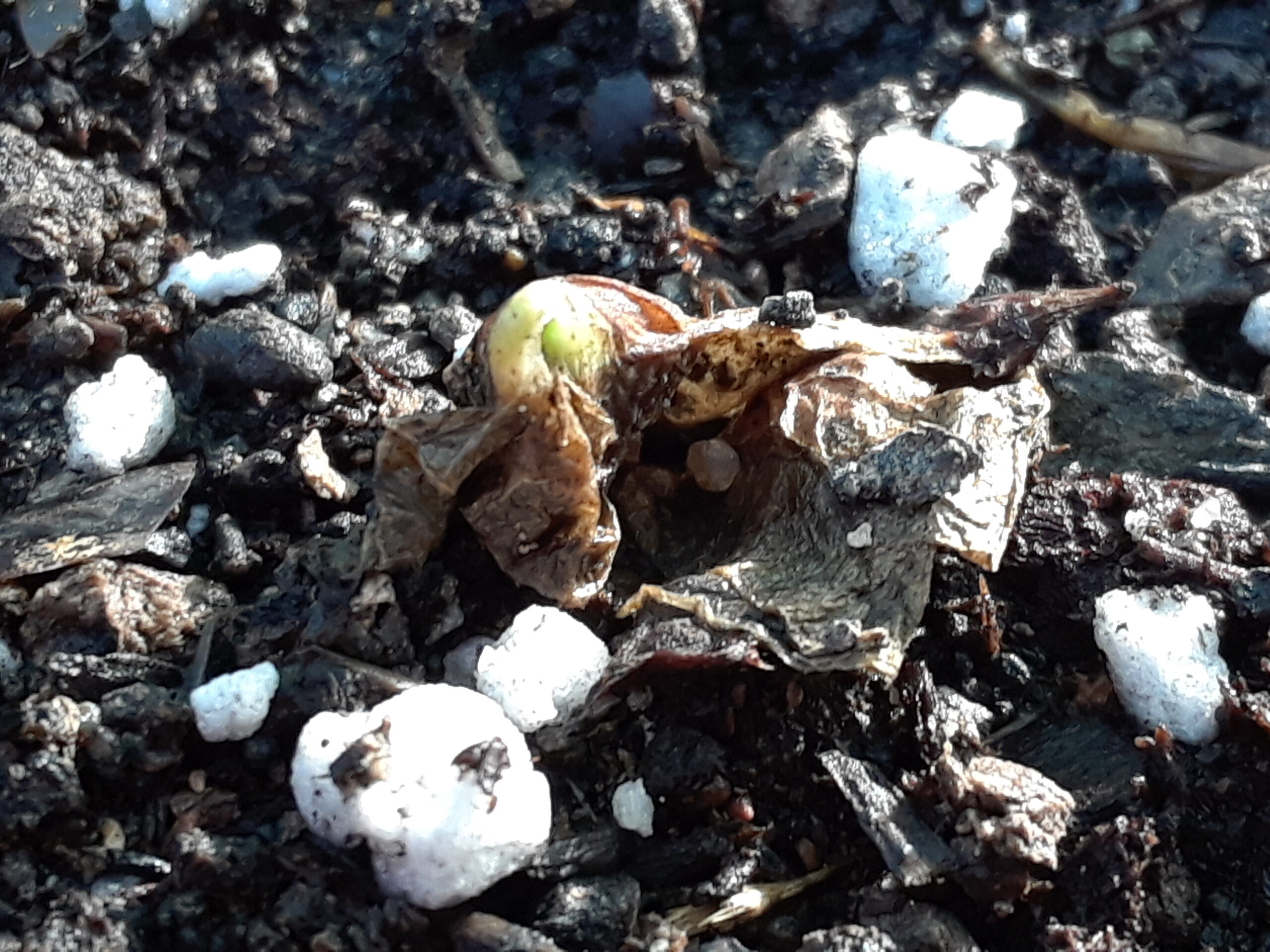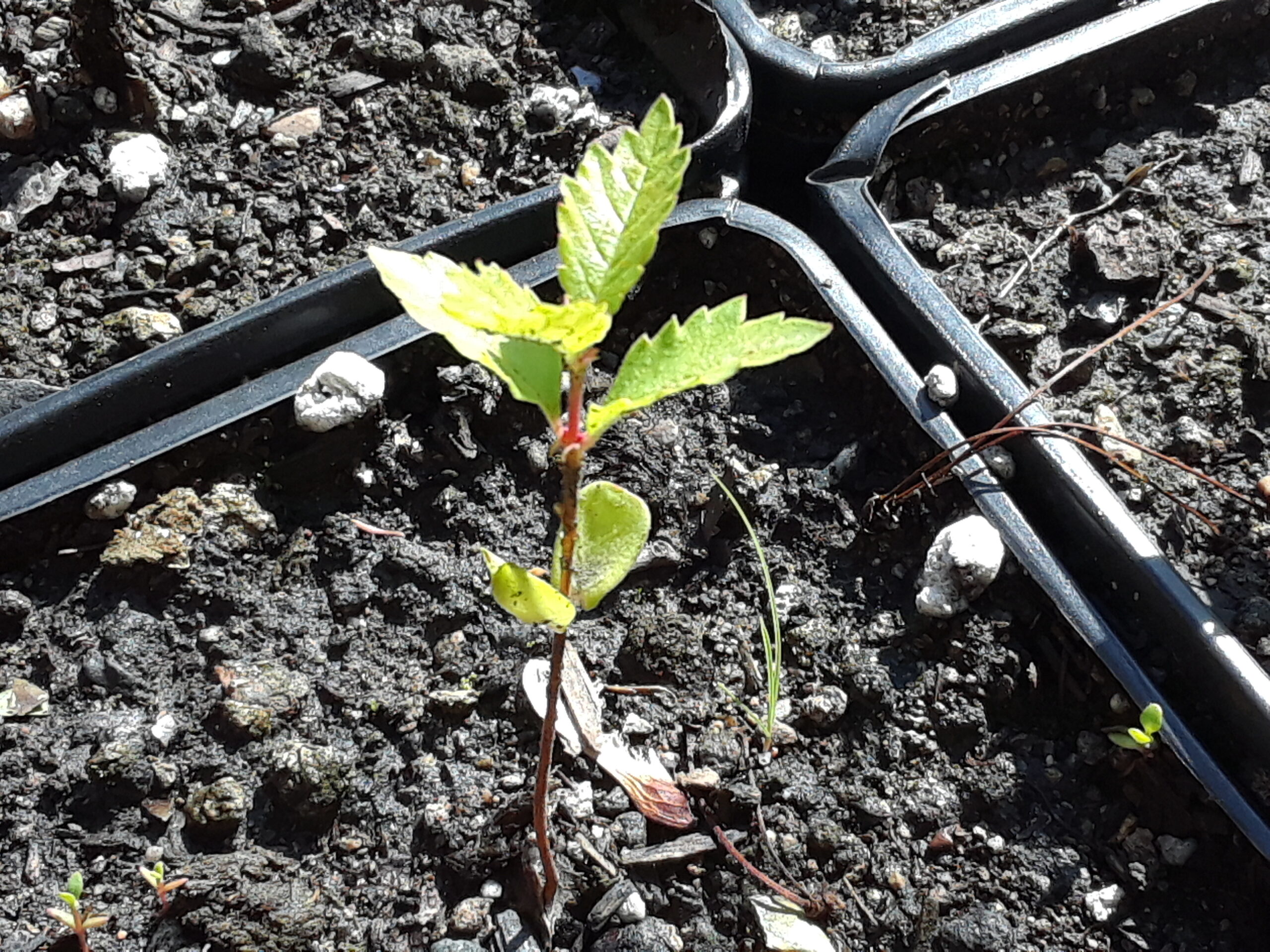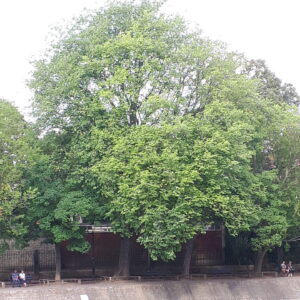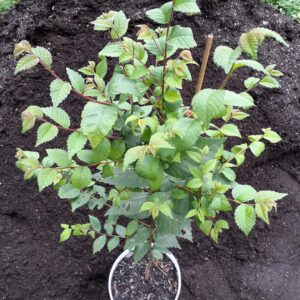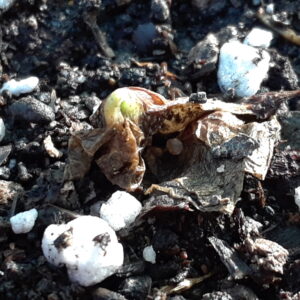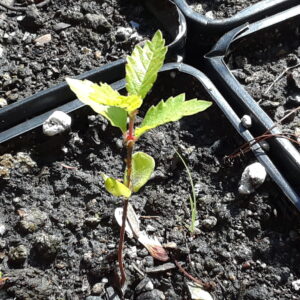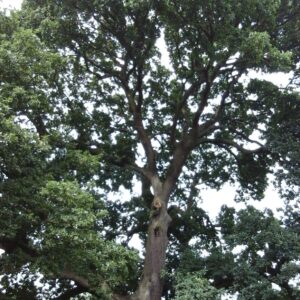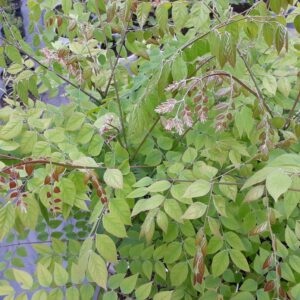Scotch Elm
(Wych Elm)
Ulmus Glabra
A large, native elm of Europe and west Asia that tends to have a more rounded crown than the classic vase shape of the American Elm. It has rough textured leaves that are an important food source to certain butterfly larvae. Seeds mature in early summer providing an important food source for birds and small mammals. Like all elms, it has been affected by Dutch Elm Disease over the past decades. Planting it in isolation away from existing stands and mixed with other tree species will reduce its chance of succumbing to the disease. Prune in late winter to avoid transmission of the disease. Wind pollinated male and female flowers are on the same tree and are not showy.
Additional information
| Foliage | Deciduous |
|---|---|
| Locale | Native to Asia, Native to Europe |
| Height | Large (60-100ft) |
| Width | Wide |
| Form | Broad, Round |
| Growth Rate | Moderate |
| Longevity | Long (over 100 years) |
| Hardiness Zones * | 4, 5 |
| Sun Exposure | Full Sun (over 6 hrs), Partial Sun (4 to 6 hrs) |
| Soil Preferences * | Moist, Slightly Acidic, Well Draining |
| Soil Tolerances | Clay, Dry, Slightly Alkaline, Wet |
| Other Tolerances | Occasional Drought, Occasional Flooding, Urban Pollution |
| Wildlife Value | Birds (fruits/seeds), Butterfly Larvae (leaves), Small Mammals (fruits/seeds) |
| Human Value | Carpentry (wood) |
| Seed Collection | Relatives in UK |
| Planting Considerations | Risk of Premature Death |


